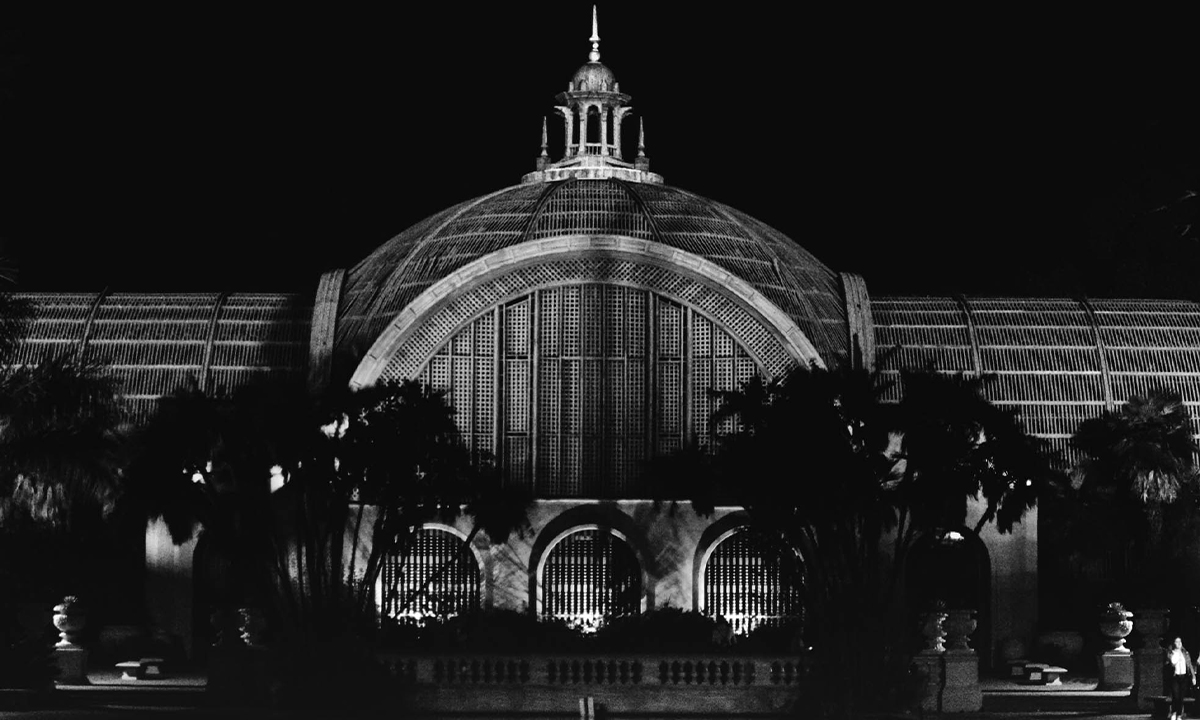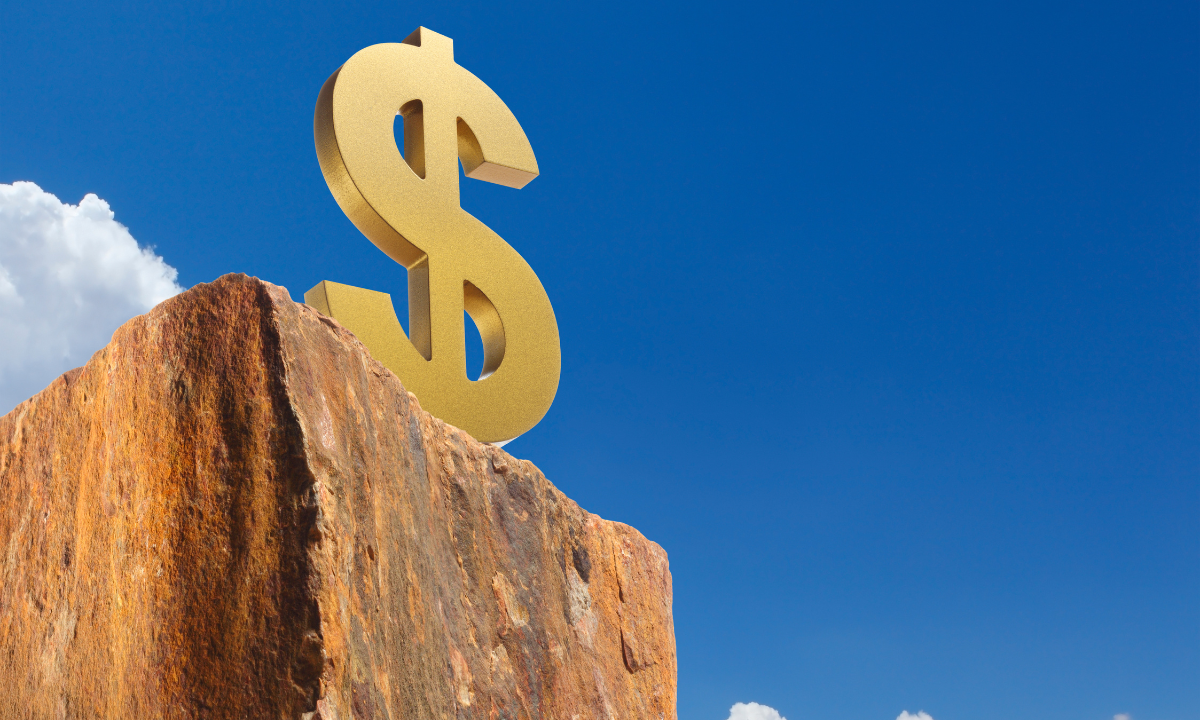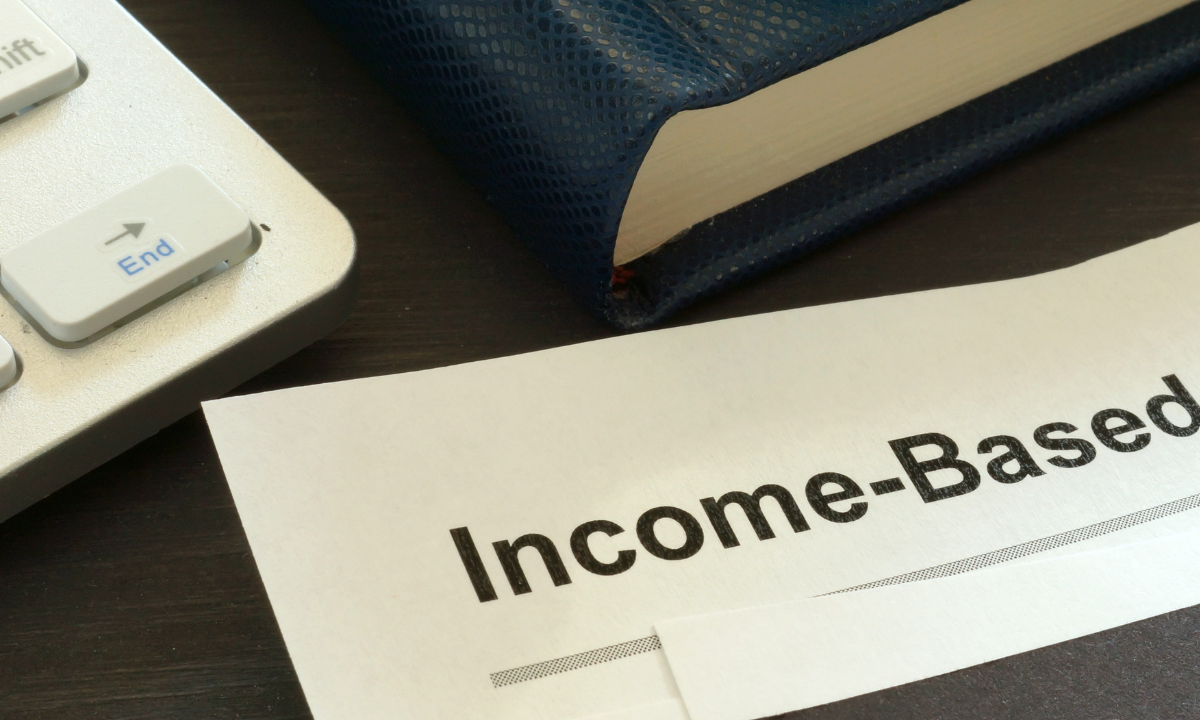The recent history of San Diego has been one of rapid expansion. In the city’s downtown area, structures of steel and glass have been erected, standing as monuments to the times. The suburbs continue to expand further into the horizon and in doing so, effectively grow the cultural reach of San Diego. This expansion has played a large role in cementing San Diego as a city of the 21st century. Amid this transformation though, memories of the past continue to stand in proud defiance against the march of modernity, and few sites have been as unyielding as Balboa Park.
The park has had long enduring popularity, something which perhaps can be explained by its extensive roots within the city itself. In fact, the park’s origins can be traced back to the days when Mexico had control of the area. Years later, when President James K. Polk’s war against Mexico ended, San Diego and the land that would become Balboa Park entered the grasp of our nation.
Some of the major structures that we now recognize were originally constructed for a large exposition in 1915. Though this occurred well over a century ago, many of the buildings built for it, despite being originally designed as temporary structures, stand to this day. Another exposition, two decades later, similarly saw the construction of “temporary” buildings that have also endured to the present. The decades that followed continued their architectural contributions and in piecemeal fashion contributed to the park we have today.
Through this rich history and the numerous constructions that still exist today, the past finds its place in the present. In fact, many of these buildings of yesteryear have found new relevance by the many museums hosted within. This is the case whether they are focused on classical art, such as the Timken Museum, or on our world’s past, which the Museum of Natural History emphasizes. Regardless of their personal interests, guests always have a reason to visit the park. Even for those who consider cost a factor, the famous free Tuesday events ensure that the museums are open and available to all.
Furthermore, these “free Tuesdays” are just one of a number of events that can be found at Balboa Park. Spectacular as the museums are, they can be seen at virtually any time. Conversely, the near future will see events at the park that will no doubt be as amazing as they are transitory. The first of these new events was the Spring Fling Food Truck Festival, which ran from April 15 to 19 this year. Other than the obvious presence of many vehicles serving food, a number of bands also performed.
For the environmentally focused, the EarthFair took place on the 28th of April. This event featured a number of exhibitions and entertainment centers that appeal to adults as well as youth. For enthusiasts of Mexican culture, celebrations of Cinco de Mayo commenced in the park about a week later. Given the cultural and political history of the grounds, such a celebration was a fitting reminder of the history of Balboa Park.
Photo by Greg Ortega




